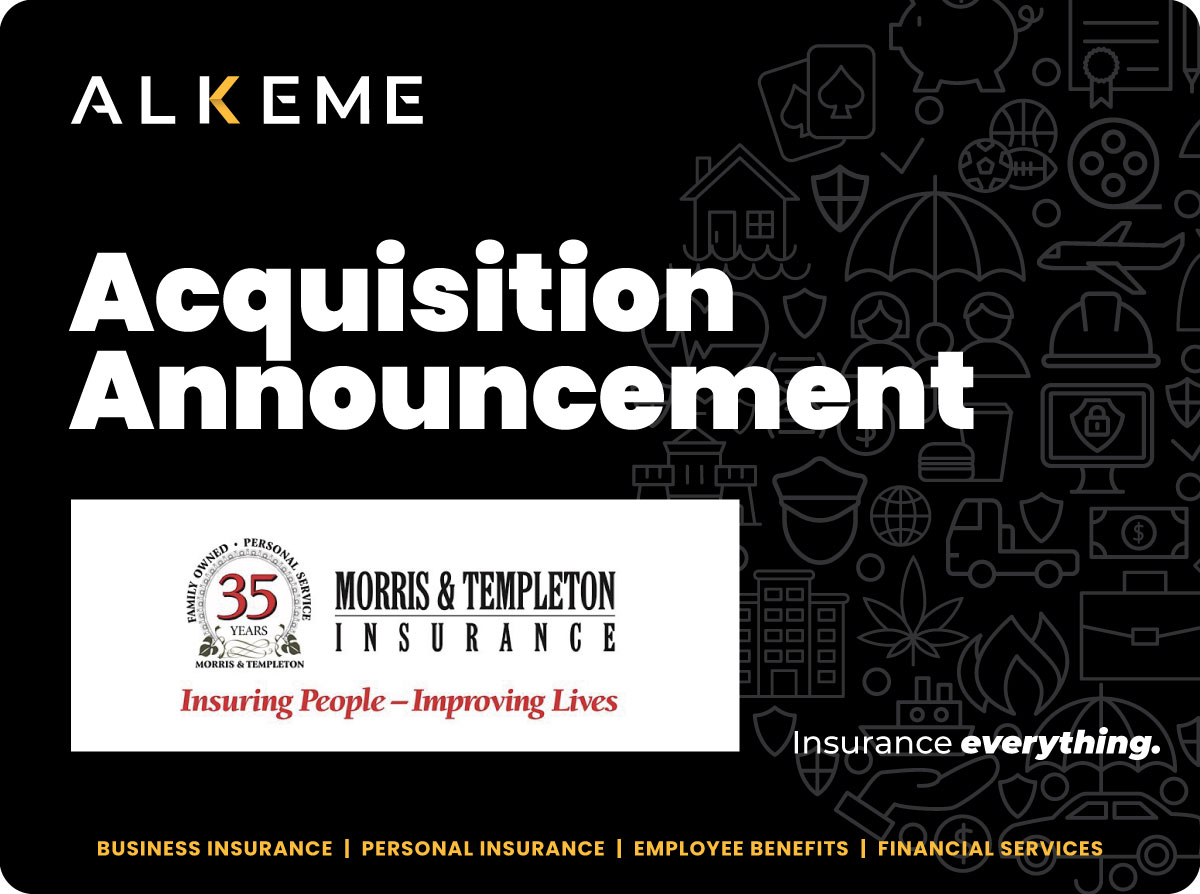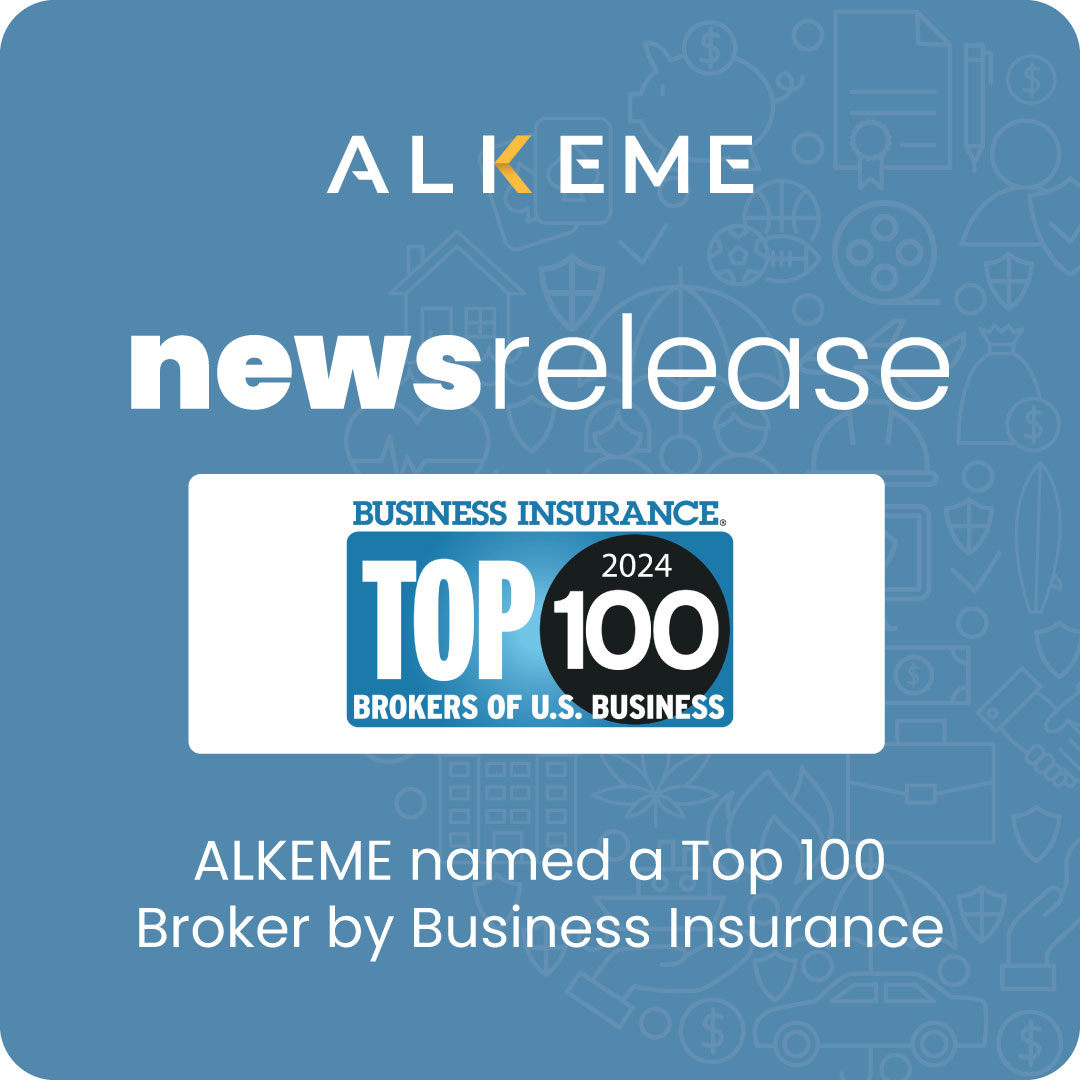Employee benefits play a pivotal role in attracting and retaining top talent, and among these benefits, retirement plans hold a special significance. In this guide, we’ll delve into the intricacies of employee retirement plans, helping employers understand the options available and make informed decisions that benefit both their businesses and employees.
- 401(k) Plans:
- Overview: 401(k) plans are one of the most prevalent employer-sponsored retirement plans. They allow employees to contribute a portion of their pre-tax salary into an investment account.
- Employee Contributions: Participants can make contributions to their 401(k) accounts, and these contributions are deducted from their taxable income.
- Employer Match: Many employers offer a matching contribution, where they match a certain percentage of the employee’s contributions, up to a specified limit.
- Vesting: Employees may need to fulfill a vesting period before they fully own employer-matched contributions.
- 403(b) Plans:
- Overview: 403(b) plans are similar to 401(k) plans but are specific to certain nonprofit organizations, schools, and government entities.
- Eligibility: Available to employees of certain tax-exempt organizations and public schools.
- Contributions: Employees can contribute a portion of their salary on a pre-tax basis.
- 457(b) Plans:
- Overview: 457(b) plans are offered to employees of state and local governments and certain non-profit organizations.
- Contributions: Participants can make pre-tax contributions to the plan, and the funds grow tax-deferred until withdrawal.
- Unique Feature: 457(b) plans often allow for additional catch-up contributions as employees approach retirement.
- Defined Benefit Pension Plans:
- Overview: In contrast to defined contribution plans like 401(k)s, defined benefit plans promise a specific monthly benefit at retirement, usually based on factors like salary history and years of service.
- Employer Responsibility: Employers bear the responsibility for funding and managing the investment of the plan to meet future benefit obligations.
- SIMPLE IRA (Savings Incentive Match Plan for Employees):
- Overview: Geared towards small businesses, SIMPLE IRAs are a type of retirement plan that allows both employers and employees to contribute.
- Simplicity: They are easier to administer than traditional 401(k) plans.
- Employee Contributions: Employees can contribute a percentage of their salary, and employers must either match employee contributions or make a fixed contribution.
- SEP IRA (Simplified Employee Pension):
- Overview: SEP IRAs are designed for small businesses and self-employed individuals.
- Employer Contributions: Employers make contributions to SEP IRAs on behalf of their employees, and the contributions are tax-deductible.
- Profit-Sharing Plans:
- Overview: Profit-sharing plans give employers flexibility in determining how much to contribute to employees’ retirement accounts based on the company’s profits.
- Contributions: Contributions are discretionary, allowing employers to adjust contributions based on the financial performance of the business.
- Roth 401(k) and Roth 403(b) Plans:
- Overview: Similar to traditional 401(k) and 403(b) plans, Roth versions allow employees to make after-tax contributions, with qualified withdrawals being tax-free in retirement.
- Tax Treatment: Contributions to Roth plans are not tax-deductible, but qualified withdrawals, including earnings, are tax-free.
In conclusion, offering comprehensive retirement plans is a strategic investment in your employees’ financial well-being and the long-term success of your business. By understanding the nuances of different retirement plans, encouraging employee contributions, and navigating the tax implications, employers can create a benefits package that attracts and retains top talent while fostering a financially secure future for their workforce.
As you embark on this journey, consider consulting with retirement plan specialists to tailor the options to your company’s unique needs. Remember, a well-crafted retirement benefits strategy not only supports your employees today but also contributes to their satisfaction and loyalty over the years.
Share this article
Follow us
Latest articles
July 27, 2024
July 27, 2024




